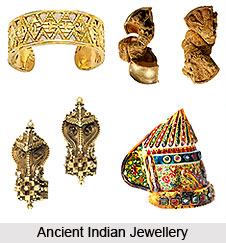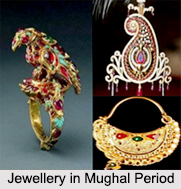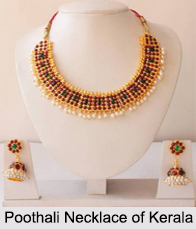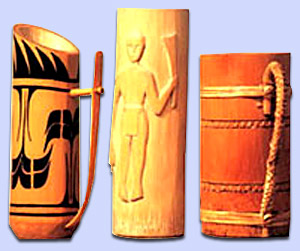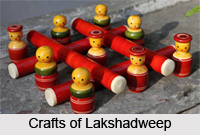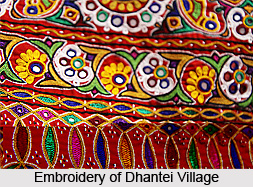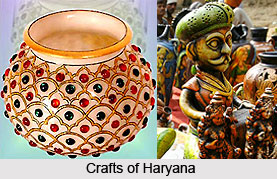 The carpets of Madhya Pradesh consist mainly of durries forms in a rich variety of designs. A durrie is a thick cotton woven fabric and is meant for spreading on the floor that is woven all across Madhya Pradesh, especially near Sironj.
The carpets of Madhya Pradesh consist mainly of durries forms in a rich variety of designs. A durrie is a thick cotton woven fabric and is meant for spreading on the floor that is woven all across Madhya Pradesh, especially near Sironj.
The basic technique of weaving a durrie in Madhya Pradesh in its most primitive form can be seen in rural areas. Women in their homes, in the `Punja` technique, make the more universal durries. They are usually in bold patterns and bright colours with folk designs. Apart from Sironj, Raigarh, Jhabua, Jabalpur and Shahdol are leading centers of durrie weaving in Madhya Pradesh. Cotton and woollen punja durries are hand-woven in various colours and designed to suit traditional as well as modern home decor. Patterns are generally based on kiln designs, geometric traditional motifs with animal and human figures.
Since the Mughal times, Gwalior in Madhya Pradesh has carved a niche for itself in the genre of carpet weaving. Later on, weaving also began in the Shahdol and Mandla belt. The carpet weavers of Madhya Pradesh are acknowledged as the masters of not only weaving carpets but dyeing also. The colouring was earlier done by the method of natural dyes, but presently it is being done with synthetic dyes as well. Pattern is an integral part of knotted carpets and traditional patterns have continued with varying combinations since the last 200 years. Woollen carpets of Madhya Pradesh are available in vibrant colours with both floral and geometric designs. The weavers have used their ingenuity to transform traditional motifs into modern designs; thus drawing from the treasury of ancestral motifs like trees and flowers in cautiously blended colours.
Owing to its central location that Madhya Pradesh has been influenced by a number of cultural mixtures that played a pivotal role in shaping the unique and distinctive culture and heritage of the state. The same is true in case of carpet weaving in Madhya Pradesh that bears the unique imprint of Rajput, Maratha, British and Mughal features. The creative art of carpet weaving could not remain completely uninfluenced and incorporated a number of foreign elements that helped to develop it.
The carpet art in Madhya Pradesh have evolved through generations and undergone changes for the better. There has been a change in the materials used to make carpets or the products manufactured but the long conventional heritage bestows a distinctive individuality to the carpets of Madhya Pradesh. Carpet weaving as a craft came to India through the invasions of Persia. Carpet weaving in Madhya Pradesh received the support and unstinted support of the Mughals. In fact it was due to the Mughal support and encouragement that Gwalior in Madhya Pradesh evolved into a major center of carpet weaving in Madhya Pradesh.
While speaking about carpets of Madhya Pradesh, mention must be made of the deft craftsmen of Gwalior who are the masters in incorporating all kinds of innovative designs and patterns of the art of weaving as well as dyeing. Gwalior`s carpet industry is a flourishing one. The fine quality of weaving in Madhya Pradesh teamed up with imaginative designs and motifs have been acclaimed worldwide. The tourists usually cannot resist the temptation of picking up the fine woolen carpets that are bright in color and features spectacular floral and geometric designs.
